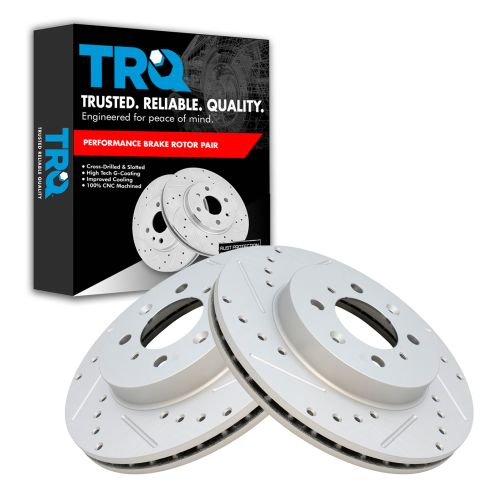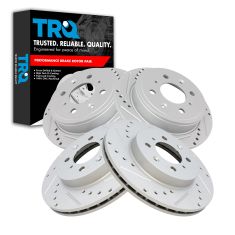1APBR00893-Honda Acura Front Driver & Passenger Side 2 Piece Performance Brake Rotor Set TRQ Performance BRA74627

Replaces
1992 Acura Integra Front Driver & Passenger Side 2 Piece Performance Brake Rotor Set TRQ Performance BRA74627

Product Reviews
Loading reviews
5.00/ 5.0
2
2 reviews
I would recommend TRQ rotors they worked great.
March 29, 2022
Very happy with the quality of TRQ rotors. Worked great with my 2001 Honda Civic LX, no squeaks or weird noises.
SO FAR SO GOOD
April 17, 2022
Bought these so I don't have to worry about vibration due to warped rotors, so far so good.
Customer Q&A
No questions have been asked about this item.
Acura is a registered trademark of Honda Motor Co., Ltd.. 1A Auto is not affiliated with or sponsored by Acura or Honda Motor Co., Ltd..
See all trademarks.












